Such spectacular invention was on display in Ashes as well. At one point, the pyromaniac’s chest appears to be ablaze from within, as if offering a window to his fiery soul. The flames look real, igniting speculation about whether they had to inform the fire marshal. As it turns out, the effect is achieved simply through video projection.
But this obvious showmanship isn’t the whole bag of tricks. There is a subtlety to the puppeteer’s craft as practiced by such masterful, meticulous companies as Plexus Polaire in works like Ashes.
At the start of the play, the stage is dark except for Dag (the pyromaniac), who lights a lighter center stage. (This flame is real.) He seems to be far away, but, actually, the puppet is simply small. We suddenly see somebody else lighting one in front of the stage to the left; this is the writer (full-sized human being Lukawski), smoking, crouching over his laptop, a pile of papers at his feet.
It’s slow going at first as the two stories are told in more or less alternate scenes—that of the pyromaniac at home with his family or carrying around a fuel can, a backdrop of houses way up in the distance, as if on a hill; and that of the writer struggling to type the story of the pyromaniac. When the writer stops typing, the figures on stage fade into darkness; when he gets back to work, the figures reappear.
The writer is dealing with other problems as well, such as his alcoholism and his father’s death, which are both represented in some elusive symbolic moments. An elk is cut open, and his father is taken out of the innards and placed on his deathbed. The writer helps him smoke, and the puppet portraying the father exhales the smoke, which curls up into the air and magically forms the text: “The last thing I did to my father was lie to him.”
At a certain point, the writer’s struggle with his work becomes a battle with his subject in a series of increasingly vivid metaphors brought to life: first with tiny Dag on his back, then wrestling with a human-sized Dag and a large wolf. The story literally heats up, and simultaneously turns chilling, when the homes on the hill one by one burst into flames in the background, and in the foreground we see the townsfolk, their faces literal masks of sorrow, carrying their children to safety.
What happens in wordless, visual theatre is that audience members project their own feelings onto the puppets.
No words are ever spoken in Ashes. Only a few lines of text are projected onto a scrim. But Guro Skumsnes Moe’s score is a constant accompaniment to the action and helps set the tone for each moment—eerie and ethereal in the early scenes, accelerating in intensity, urgency, percussiveness, alarm, and then slow and sad.
Even when we don’t completely grasp what’s going on, the music, the wordlessness, the chiaroscuro lighting all make the piece deeply affecting.
After the performance, I talked to members of the company, who helped explain why this is so. (Aspeli, the director and principal puppet designer, was touring in Europe, and planning for her next work, Moby Dick.)
Ashes begins slowly, they explained, so that the audience can become oriented to the world that has been created. It also helps build tension. The company starts with the small puppets to give audiences a literal overview. Once we begin to understand the narrative, then the characters become human-size.

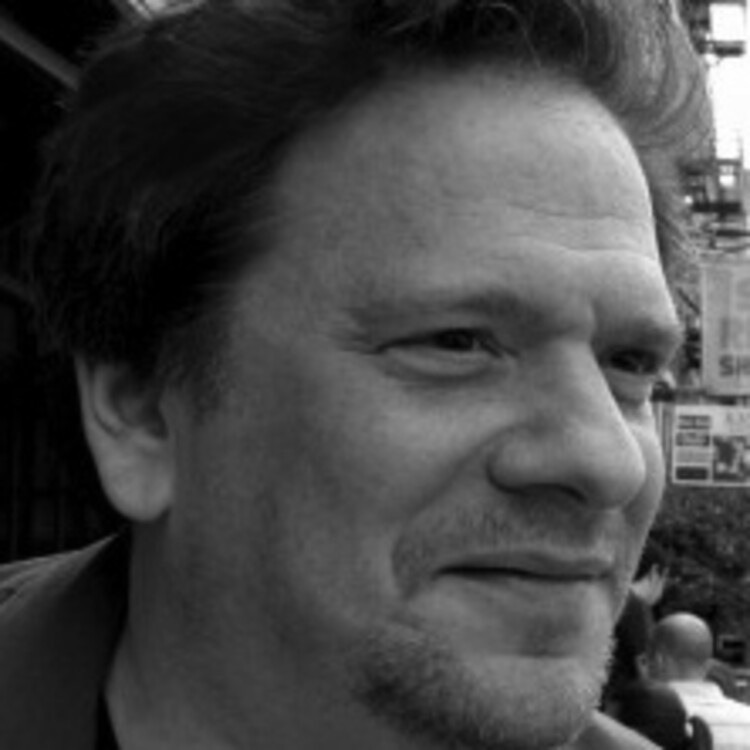
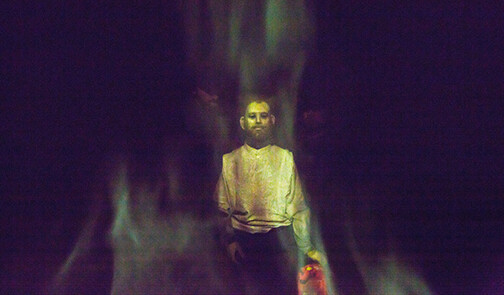
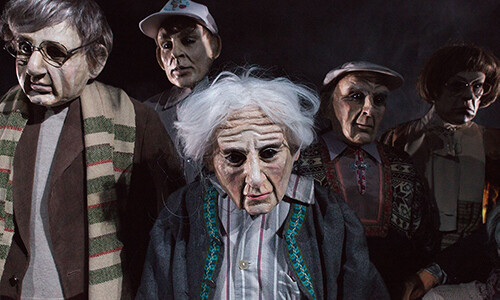

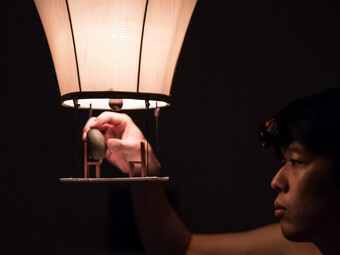

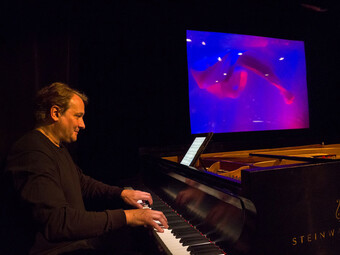


Comments
The article is just the start of the conversation—we want to know what you think about this subject, too! HowlRound is a space for knowledge-sharing, and we welcome spirited, thoughtful, and on-topic dialogue. Find our full comments policy here
Thanks for your comments. As somebody whose first job, at age 11, was as an usher at Bil Baird's then-famous marionette theater, and who's sought out puppet shows ever since, I am aware that there has been serious puppetry in the United States for many decades. Even Margo Rose, the co-creator of the Howdy Doody Show, made a point of telling me that her work for that TV show was just a small part of the puppetry she and her husband Rufus Rose did over many decades. Indeed, she chafed at being known only for that show. The point I was trying to make in the article above was about audiences, not about the artists. And I was careful to write that "most" American audiences (not all), have defined puppet shows differently than Europeans do. Yes, as I wrote, there are signs that this attitude is changing, but I don't think the old American view persists just in the "commercial theater bubble of NYC." It kind of proves my point when you write that Germans have two words for puppet shows, making a distinction between those for children and those for adults. Americans make no such distinction in our language.
A clarification: Basil Twist won a MacArthur Fellowship, the five-year unrestricted grant given by the MacArthur Foundation. It's popularly known as the "genius grant," and so I identified him in the article above in shorthand as a MacArthur "genius."
Thank you for bringing more recognition to Aspeli's work! Ashes debuted here 2 years ago at the Chicago International Puppet Theater Festival, then went on to the Puppeteers of America Festival in Minnesota and the Center for Puppetry Arts in Atlanta; she also has perfomed Chambre Noir in Chicago--(Director Blair Thomas deserves the "Genius" puppeteer credit in this case for introducing her to American audiences).
I think the Euro/American puppetry dynamic is much more nuanced than what's presented here, especially when you look outside of the commercial theater bubble of NYC. American companies working in the hybrid puppet-art-theater context, what the Germans call "Figurentheater" (Figure-Theater) rather than "Puppenspiel" (Puppet Show), has been practiced across the U.S. throughout the 20th century, especially in the midwest as part of the little theater movement. In addition to the NYC Henson Festival of the 1990s (the precursor to La Mama's current work), puppet theaters in Boston, Connecticut, Atlanta, Philly, Minneapolis, Chicago, Vermont, Austin, LA and many other localities have sustained this sort of work. (I recommend Dr. John Bell's works on American Puppet Modernism as a reference, as well as the publications of Puppeteers of America and UNIMA-USA).
I would love to see critical narratives around American puppetry take this context into account, moving away from self-deprecation ("We're so far behind Europe") and and superficiality ("Puppets aren't just for kids anymore!"--A headline I see at least once a year, and I've been in the field for about 20 years). I hope the visibility of Aspeli's work in the U.S. and her critical acclaim in major publications help us move the discussion in that direction.